While on trial for the assassination of Harvey Milk and the mayor George Moscone, Dan White claimed that he had not intentionally meant to kill either man. The defense brought forth a woeful tale, in which White had been under great amounts of stress on the job.
He had to deal with groups of hippies who were portrayed as lazy and troublesome, unlike the communities he had been raised in.
He had to deal with riots and protests. There had been clashes between the growing gay community and the traditional Irish catholic groups, which directly neighbored this community.
His defense painted a picture of his stress and severe depression. They talked about how White had normally been a very health conscious man, but because of his depression had taken to eating a lot of sugary foods and drinks. They talked about how his poor diet led to an even greater deterioration of his mental condition. All of this led up to the day of the assassinations.
White’s defense argued that the assassinations had not been premeditated, but rather that White had been so stressed out and depressed that he had not been of sound mind, and that he’d had diminished mental capacity during the assassinations, and therefore didn’t fully realize what he was doing.
Because the majority of the jury came from the same close-knit community as White, which had been dealing with many of the same issues White claimed had caused so much stress and depression, they were able to sympathize with him.
White was not convicted of premeditated murder, nor was he convicted of murdering Milk and Moscone. In the end, he served five years on a manslaughter conviction, before being released on parole. White committed suicide less than two years after his release from prison.


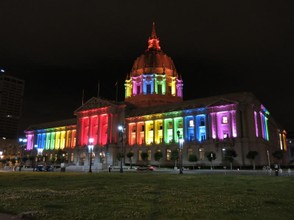
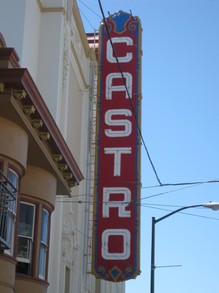
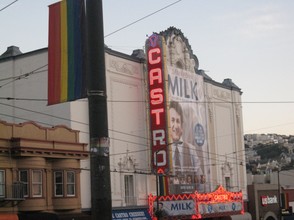
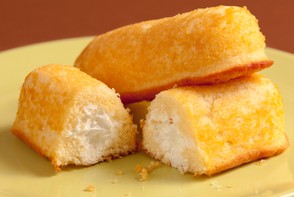
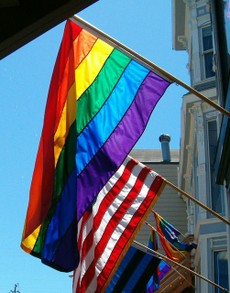
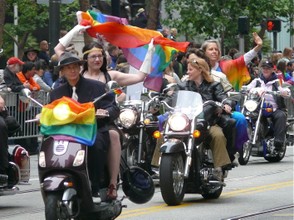
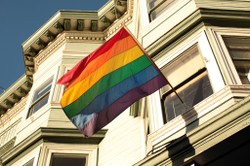

 Lana Del Rey: if You Haven't Heard Her, You Need toon 06/19/2014
Lana Del Rey: if You Haven't Heard Her, You Need toon 06/19/2014
 Is Sodium Lauryl Sulfate in my Shampoo Toxic or Dangerous?on 09/19/2012
Is Sodium Lauryl Sulfate in my Shampoo Toxic or Dangerous?on 09/19/2012
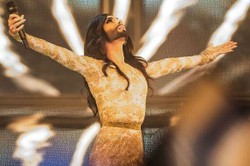
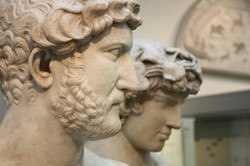
Comments
I'm really looking forward to the follow up article. That should be an amazing insight.
Kari, thank you! It was the same for me when I started looking into this. I'm planning a follow up article as one of my house-mates serves on the pride board and knows a lot of people, many whom lived through a lot of this history. I'm looking forward to speaking with them and learning more :D
Interesting. I had only known a few bits of this information, but the things I didn't know were fascinating.
Wow, thanks! I'm glad you enjoyed it :)
Great information... passing this on
BrendaReeves- Thank you, I appreciate it! ^-^
Mira- I knew bits, but I learned a lot writing it too! I was so fascinated by it all, I could have written so much more than I did, I spent a lot of time taking a lot of stuff out. Thank you!
Such a great article, Ember! I knew bits and pieces, but learned quite a few interesting things! :)
Great article!
Ah- all fixed now thank you! :)
Apologies for being a party pooper but there are a couple of errors in your sub head:
"How did how San Francisco developed such a thriving, proud, and loud LGBT community?"
How did how? and developed should be develop.